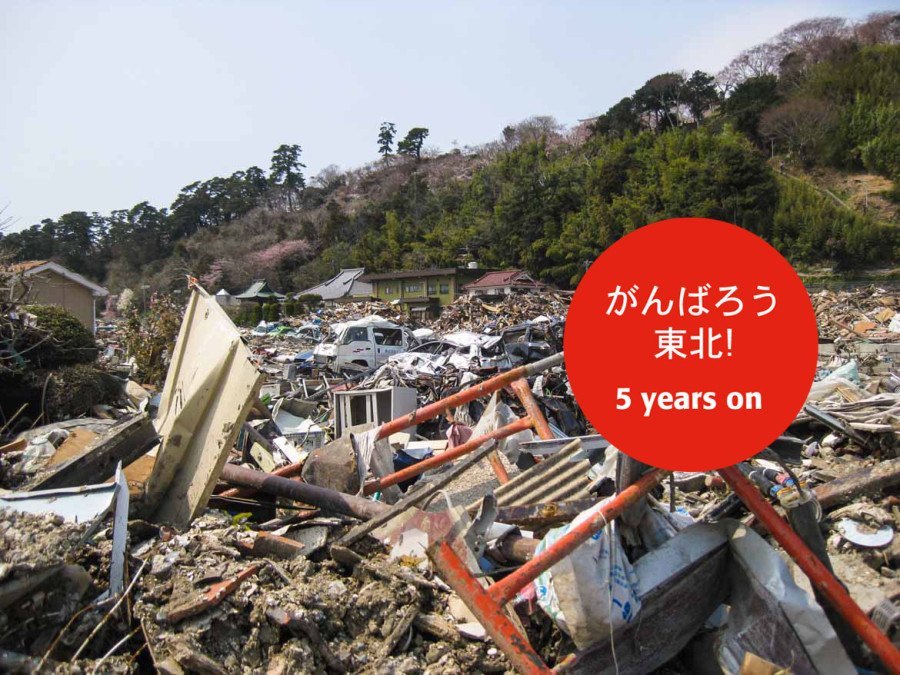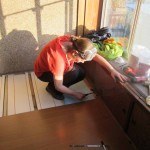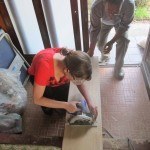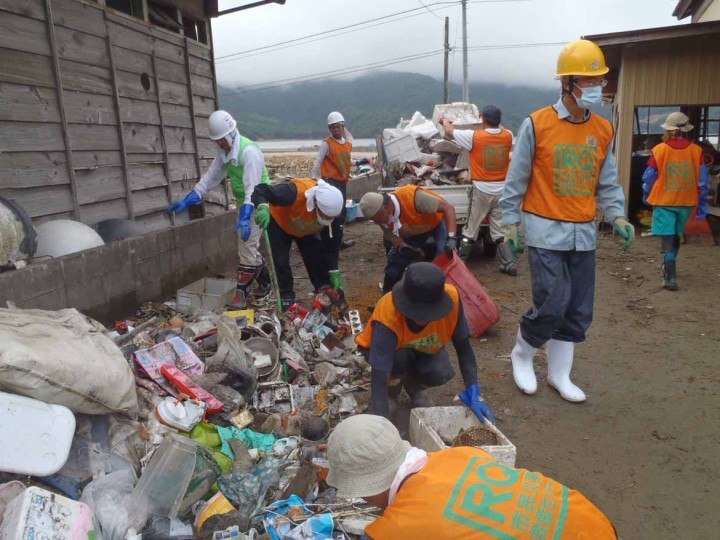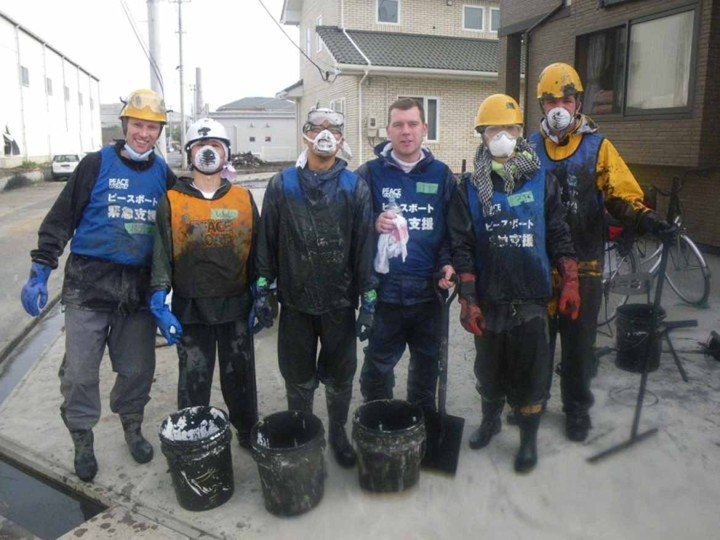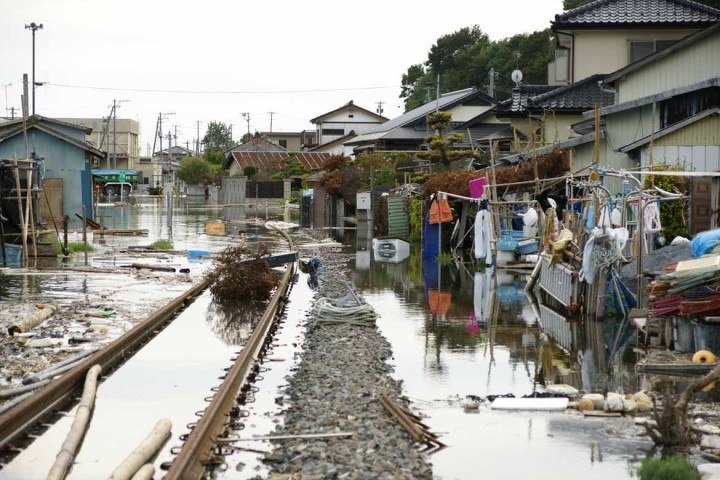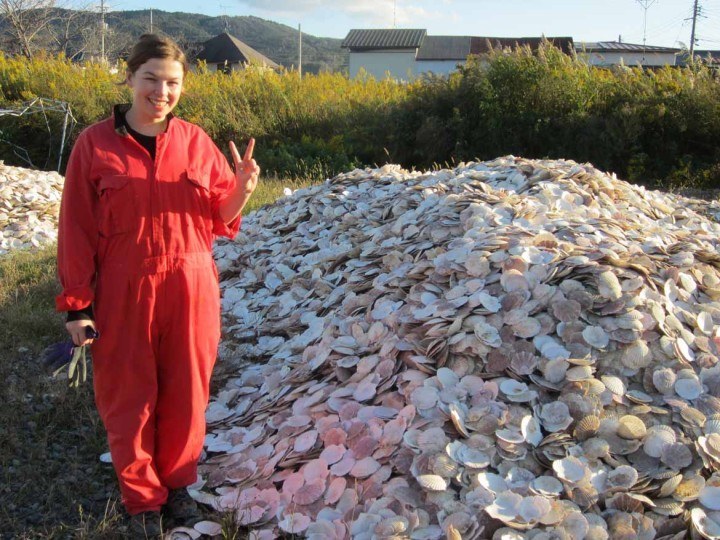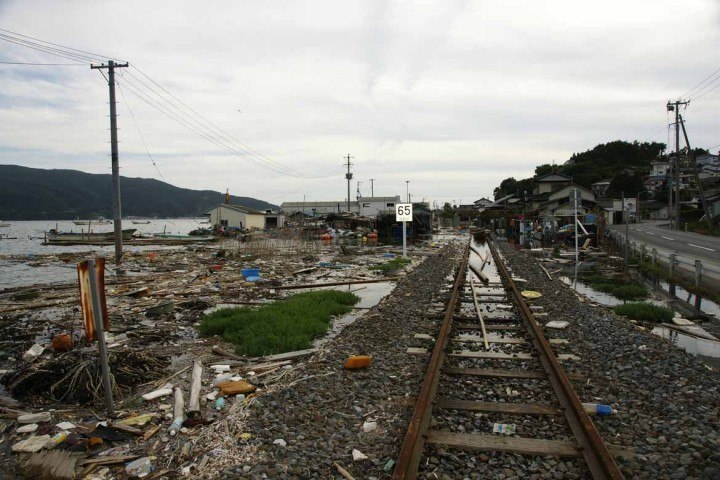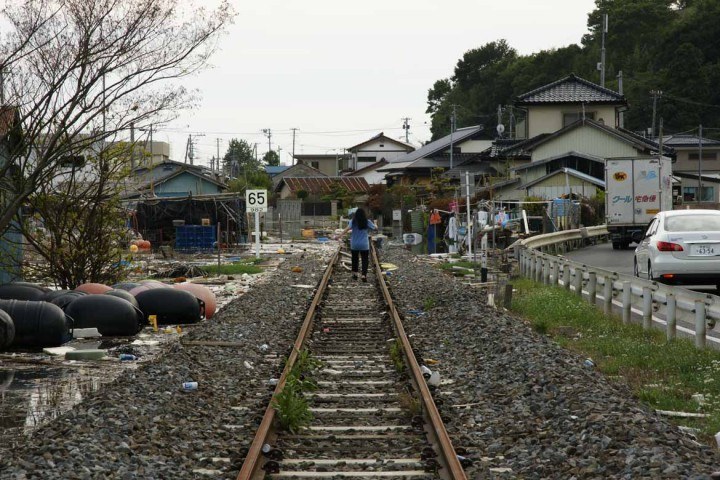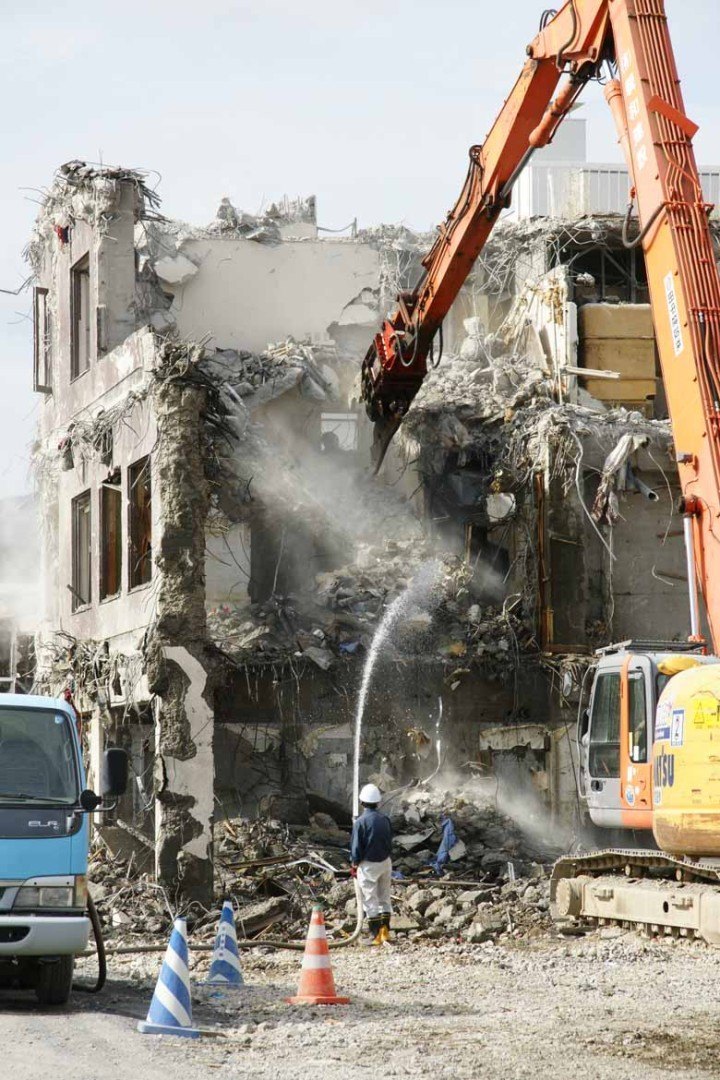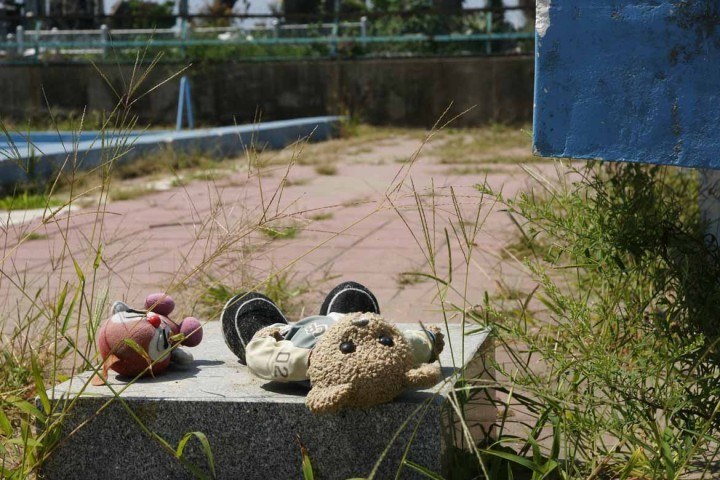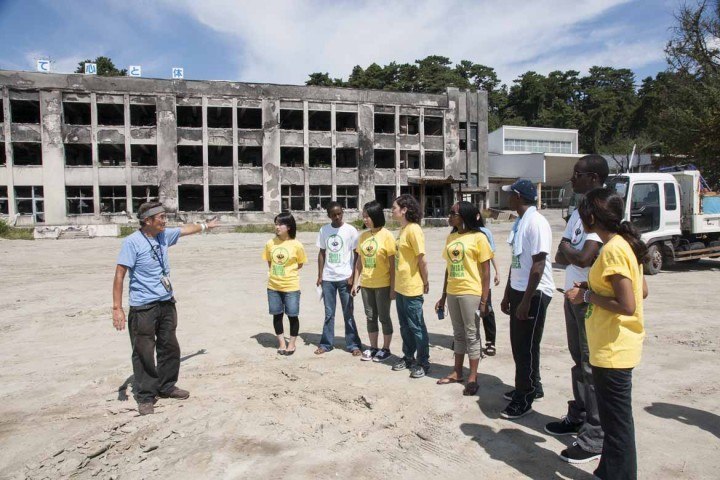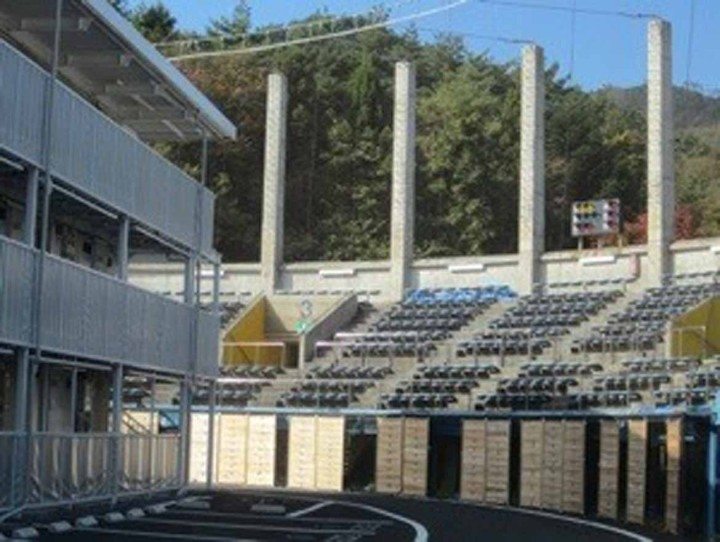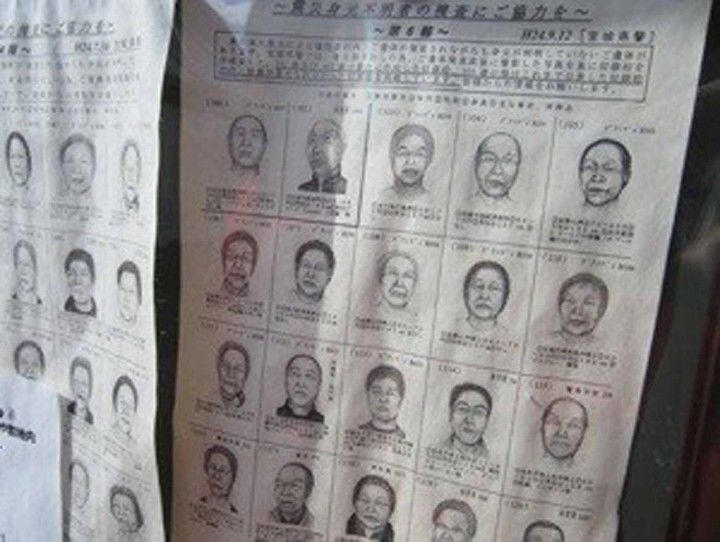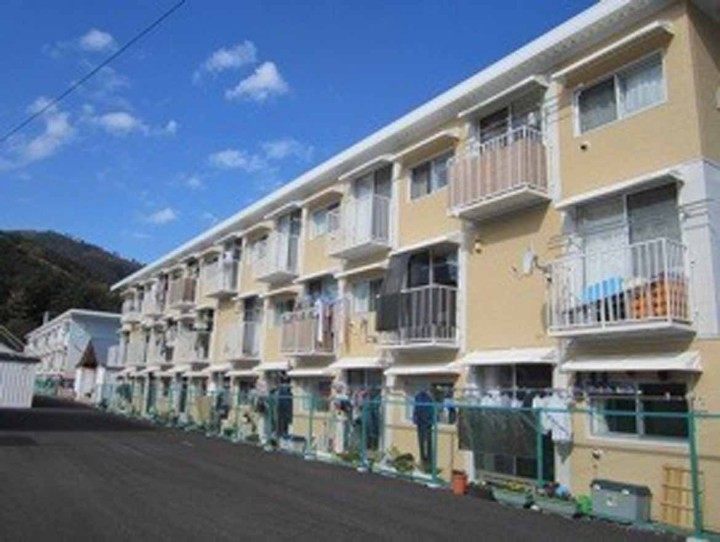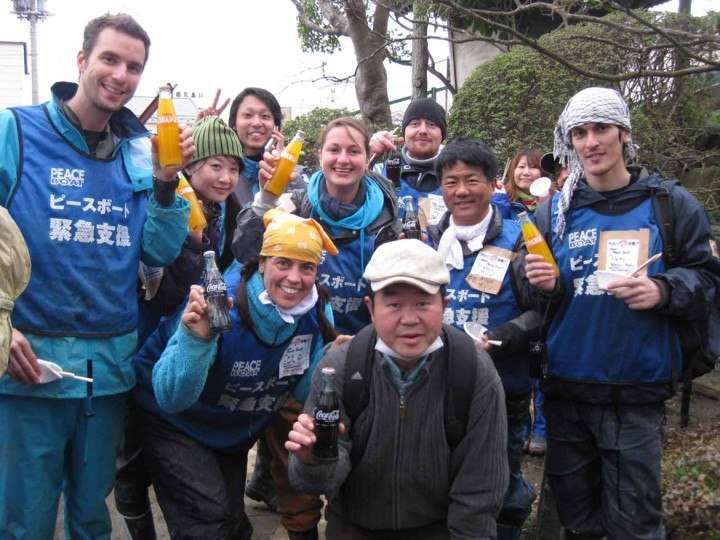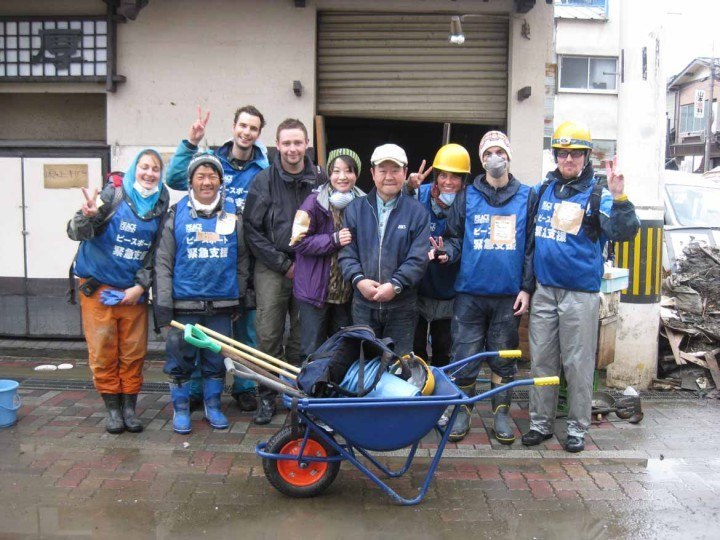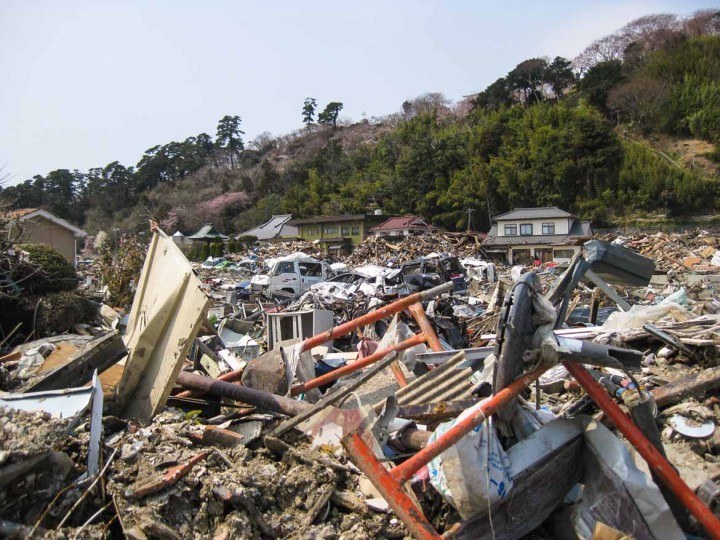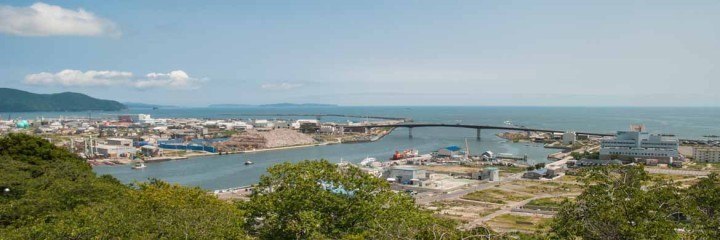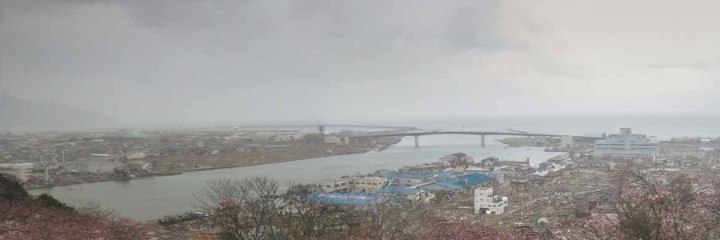Like this post? Help us by sharing it!
This month at Inside Japan Tours it’s all about Tohoku, the northern region devastated by the earthquake, tsunami and nuclear meltdown of 2011. Last week we took a look back at the chilling events of the ‘triple disaster’ and what it meant for the affected areas; this week we’ll be taking stock of the aftermath and recovery.
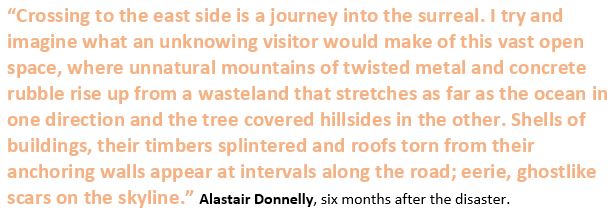
Assessing the damage
In the wake of the Tohoku Earthquake, once the aftershocks had died down and the waters receded, where did the residents of northern Japan find themselves?
In terms of human cost, the National Police Agency of Japan confirmed 15,893 deaths, 2,572 missing, and 6,152 injured in the disaster. Over 90% of casualties are thought to have been as a direct result of the tsunami, whereas the effects of the nuclear disaster remain to be seen. As devastating as these figures are, it could have been worse: the tsunami occurred during the school day, so most of the region’s children were in school buildings built on high ground. Nevertheless, 378 children died, 158 are still missing, and 1,580 are thought to have lost one or both of their parents.
Those lucky enough to survive the disaster were faced with such utter devastation that it must have been difficult to imagine a recovery at all. One of the immediate problems was burial services for the dead: Japanese funeral ceremonies are usually elaborate affairs, but with over 18,000 bodies to bury most had to make do with mass graves.

Over 340,000 people, meanwhile, suddenly found themselves homeless – their houses either reduced to matchsticks by the power of the sea, or located within the Fukushima nuclear exclusion zone. In the ensuing weeks and months, these people would face shortages of food, water, fuel and medicine, and live in overcrowded communal shelters. What does a disaster-stricken country do with a displaced population roughly the size of Cardiff?
By the end of July 2011, it is estimated that 90,000 people in Tohoku were still homeless – living in hotels, inns, public shelters and hastily erected short-term housing. Five years on, the numbers living in temporary accommodation are still in the tens of thousands.
Those whose homes and businesses weren’t swept away were faced with the seemingly endless task of clearing away the sludge, or hedoro, that the tsunami deposited all over everything in its path – not to mention the 25 million tons of rubble and 230,000 ruined vehicles it left behind. And once this was complete, there would be further problems to surmount. How would the businesses of Ishinomaki cope, for instance, with the fact that their town had sunk over a metre in places, so that they now find themselves submerged twice a day by the tide?


The clean-up operation
After the dust had settled, the people of Tohoku lost no time in starting the mammoth task of clearing away the detritus left by the earthquake, helped by volunteers and aid teams from across Japan and the wider world. Some members of Inside Japan Tours’ staff – and even some of our customers – pitched in to lend a hand in Ishinomaki, and described scenes even more shocking than the images we had seen on television.
Former IJT tour leader, Tom Orsman, described his experience helping to shovel sludge in Ishinomaki:
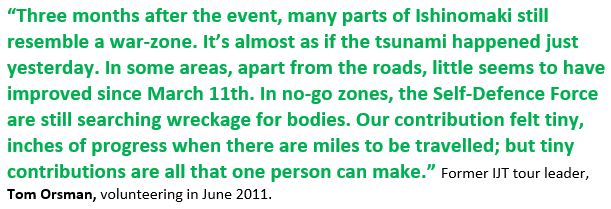
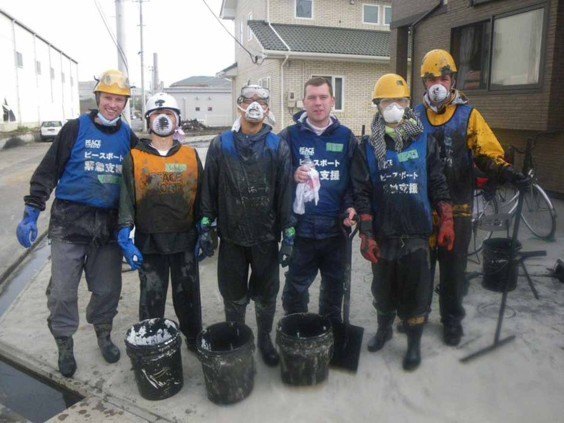
It took Tom and his team of volunteers five full days to clear the hedoro from beneath the floor of two homes and from the garden of another – and professionals would need to come and finish the job. Other volunteers were tasked with preparing thousands of meals a day for refugees, while others still were needed to process and distribute supplies. With 36,000 houses to clear in Ishinomaki alone and 100,000 in the disaster zone as a whole, it was clear that this was only just the beginning.
Product Manager Ruth Hubbard, meanwhile, visited Ishinomaki and Onagawa in November 2012 to volunteer for the tsunami relief charity It’s Not Just Mud. Even a year and eight months after the event there was still clearly plenty to be done – she reported seeing vast piles of debris, hundreds of diggers and lorries still clearing the wreckage, and whole communities living in paper-thin, prefab houses built on school basketball courts.

Ganbaro Tohoku
In addition to Tom and Ruth, Inside Japan’s Ester De Roij, Tyler Palma, and Co-Directors Alastair and Simon all headed out to Tohoku in the months after the disaster to help out with recovery efforts and keep in touch with our friends and business partners in the area. At home, with the help of our friends, families and customers, we raised £23,500 for Civic Force, who provided initial emergency shelter and goods for victims, and £6,000 for It’s Not Just Mud.
What struck everybody who visited Tohoku in the months after the disaster – more even than the vast scale of the destruction – was the stoical attitude of the Japanese as they went about picking up the pieces of their lives.
There is a famous sign painted on a wall in Ishinomaki – it reads “Ganbaro Ishinomaki”. Loosely translated, it means “Let’s fight together, Ishinomaki”, and it has become a symbol of the region’s struggle to return to normality and build a better future for those who survived. They’ve come an awful long way since the 11th of March, but the struggle is far from over.
This Friday is the fifth anniversary of the earthquake and tsunami. We’ll be publishing a fascinating (and frankly terrifying) first-hand account of the earthquake by Emma Price, one of our Bristol-based travel consultants, who was living in Sendai at the time of the disaster. Keep your eyes peeled to read her story later this week.
If you would like to lend your help to those still affected by the earthquake and tsunami, we are currently raising money for Second Harvest Japan, a charity that continues to provide food and support to survivors. Amongst other fundraising activities, 12 of us will be running the Bath Half Marathon this Sunday! Click here to support us.
 Read more from the Kantikar family here.
Read more from the Kantikar family here.


